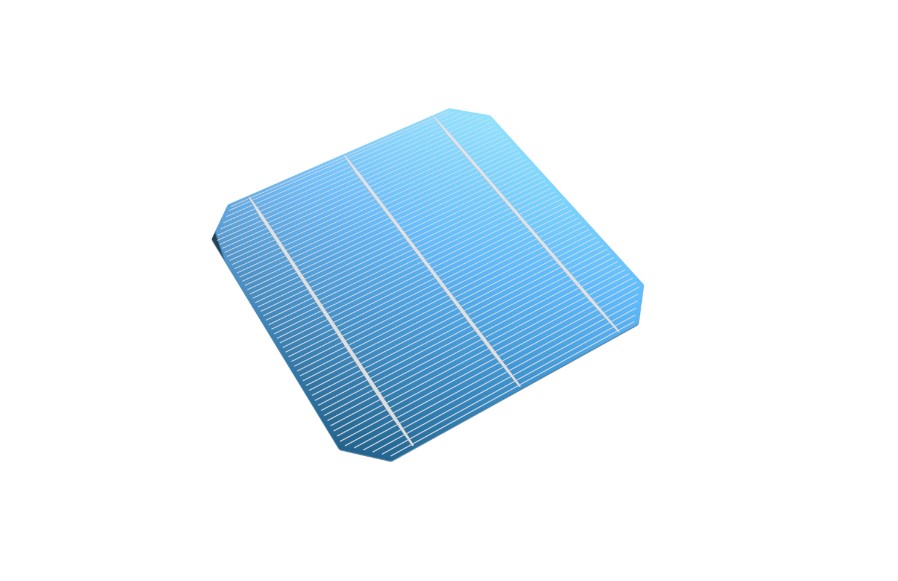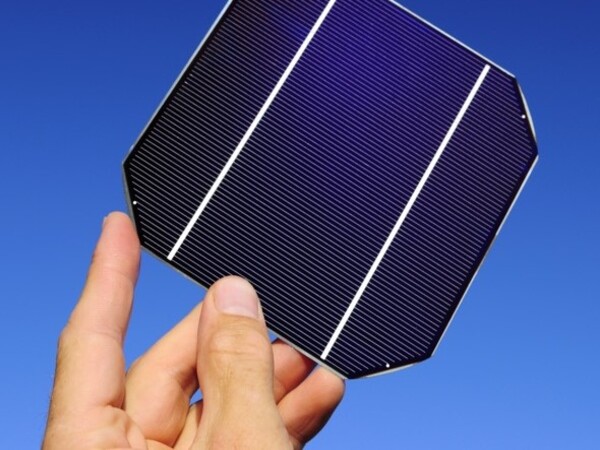Solar Energy
The solar cell: the smallest component in solar energy
Photovoltaic energy has gained great importance today due to being clean, self-sustainable, inexhaustible, and very affordable. It is based on the solar cell, or photovoltaic cell, as the basic and indispensable element for the process.
Since they are present in all photovoltaic elements capable of generating electrical energy from sunlight, they make electricity and its benefits accessible to everyone, even in the most remote places. Here are its main characteristics.
Let’s clarify what a solar cell is

It is an electronic device that converts solar energy into direct current (DC) electrical energy. This process is known as the photovoltaic effect.
Typical individual dimensions are 10 x 10 cm, and their power depends on the manufacturer. To make them work, a certain quantity of them is interconnected. The specific number is defined by the power of the solar panel you want to build.
Taking advantage of this property, the solar cell transforms the energy emitted by photons, which make up solar light, into direct current (DC) electricity.
How does the solar cell carry out this process?
It is based on semiconductor materials, such as silicon, that constitute it. When exposed to sunlight, these materials tend to release electrons. This happens when solar photons collide with the surface of the solar cell, and many of them transfer their energy.
This transfer occurs towards the electrons released by the semiconductor, causing them, in turn, to release atoms, generating a small electric current.
This current is amplified by connecting several of these solar cells in a panel, making it suitable for various applications. Of course, proper treatment is required for this, but that is another topic.
Solar cells and photovoltaic solar panels

A set of interconnected solar cells forms a photovoltaic solar panel, which has the ability to collect and convert large amounts of sunlight into electricity.
In fact, solar panels are the most characteristic and visible part of solar systems. If you want to learn everything about them, we invite you to read our article The photovoltaic solar panel and how it works.
Types of solar cells

Solar cells differ based on their manufacturing technology. In this regard, they are usually classified according to this criterion.
The most well-known types are monocrystalline, polycrystalline, and amorphous or thin-film. For more information, we recommend referring to the post Solar panels: what you need to know before buying.
Applications of solar cells
Once implemented, the solar electric power provided by these devices is inexhaustible and free. That is why their use has become popular worldwide.
Next, we present some of the most common applications of solar energy.
Solar panels for photovoltaic systems
As we have mentioned, solar panels use solar cells to generate electricity. When properly treated, it is a reliable source to power homes, businesses, agricultural facilities, among others.
All of this significantly reduces energy costs and decreases dependence on the electrical grid
Public lighting
Luminaires have been designed with solar cells that generate photovoltaic electricity. It is stored in batteries for later use during nighttime hours to power the lights
Solar chargers
They consist of solar cells incorporated into small devices designed to charge low-power electronic devices, including tablets, phones, and mobile radios. The best part is that these chargers are portable.
They are very useful in emergency situations, during travels, and in places where conventional electricity is not available. However, connectivity is required.
These are just a small percentage of the uses of solar cells, which are constantly growing.
In the energydcac blog, we have a wealth of interesting content for you, where we explain everything related to photovoltaic systems, including equipment, design, calculations, and much more. Don’t hesitate to visit us!

